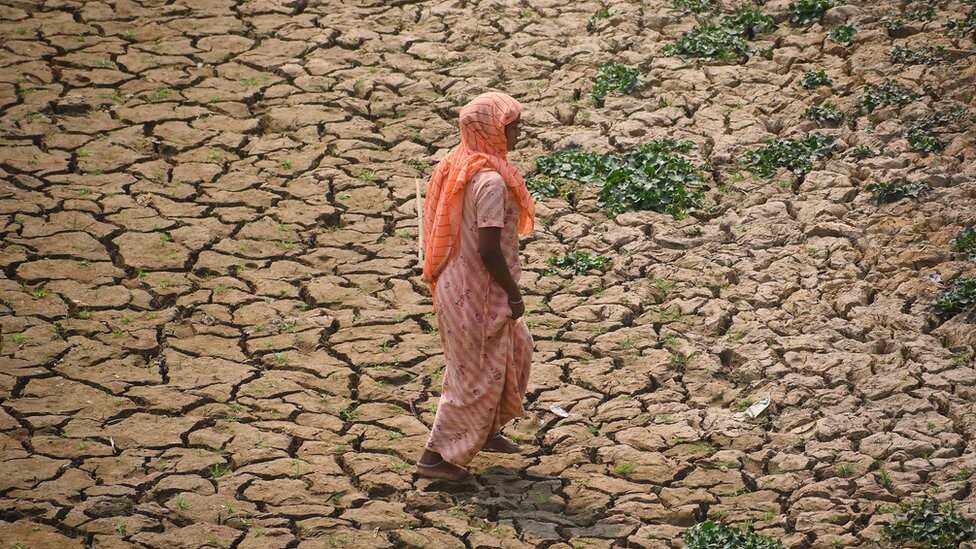Temperature is a critical factor affecting the growth and survival of aquatic organisms in aquaculture. Extreme temperature variations, either too high or too low, can negatively impact the productivity, health, and performance of these organisms. Several factors influence water temperature, including sunlight, atmospheric conditions, turbidity, confluence, and human activities. One key issue to avoid is stratification, where the upper water layer heats up while the lower layer stays cool, preventing proper oxygen saturation.
Effects on Fish Physiology and Behavior
Fish, being ectotherms, are significantly affected by temperature changes. Their metabolic rate, energy balance, and behaviors such as feeding and movement are all temperature-dependent. Temperature influences fish’s ability and willingness to eat, digestion, nutrient absorption, and energy storage. The effects of temperature can vary greatly among different fish species due to their unique habitats, dietary preferences, and physiological characteristics.
The rate, timing, intensity, and duration of temperature changes also play a crucial role. Rapid, short-term temperature fluctuations can severely disrupt fish physiology, while slow, long-term changes may lead to acclimatization, such as adjustments in metabolic and digestive enzyme profiles.
Reproduction and Climate Change
Temperature fluctuations also affect fish reproduction. Abnormal temperature increases and ‘heat waves’ caused by climate change can impact fish fertility and may even lead to sex reversals in some species.
Chemical and Biological Reactions
According to kinetic molecular theory, increased temperature causes water molecules to move faster, leading to the breakdown of hydrogen bonds and turning water into vapor at high temperatures. In warmer water, chemical reactions occur more quickly, causing fertilizers and liming materials added to ponds to dissolve faster.
As water temperature rises, the concentration of dissolved oxygen decreases. Higher temperatures increase the respiration rate of all aerobic species, including bacteria, zooplankton, and phytoplankton, which consume more oxygen from water with lower dissolved oxygen levels. This makes dissolved oxygen depletion a significant risk to aquaculture species’ welfare as water temperatures rise.
Plankton Growth and pH Variations
Warmer temperatures enhance plankton growth by facilitating the removal of more carbon dioxide and bicarbonate from the water for photosynthesis. This leads to greater pH variation between day and night, further impacting the aquatic environment.
Managing temperature fluctuations in aquaculture is crucial for maintaining the health and productivity of aquatic organisms. Understanding the complex effects of temperature on fish physiology, reproduction, and the aquatic environment helps in developing strategies to mitigate adverse impacts and ensure sustainable aquaculture practices.
